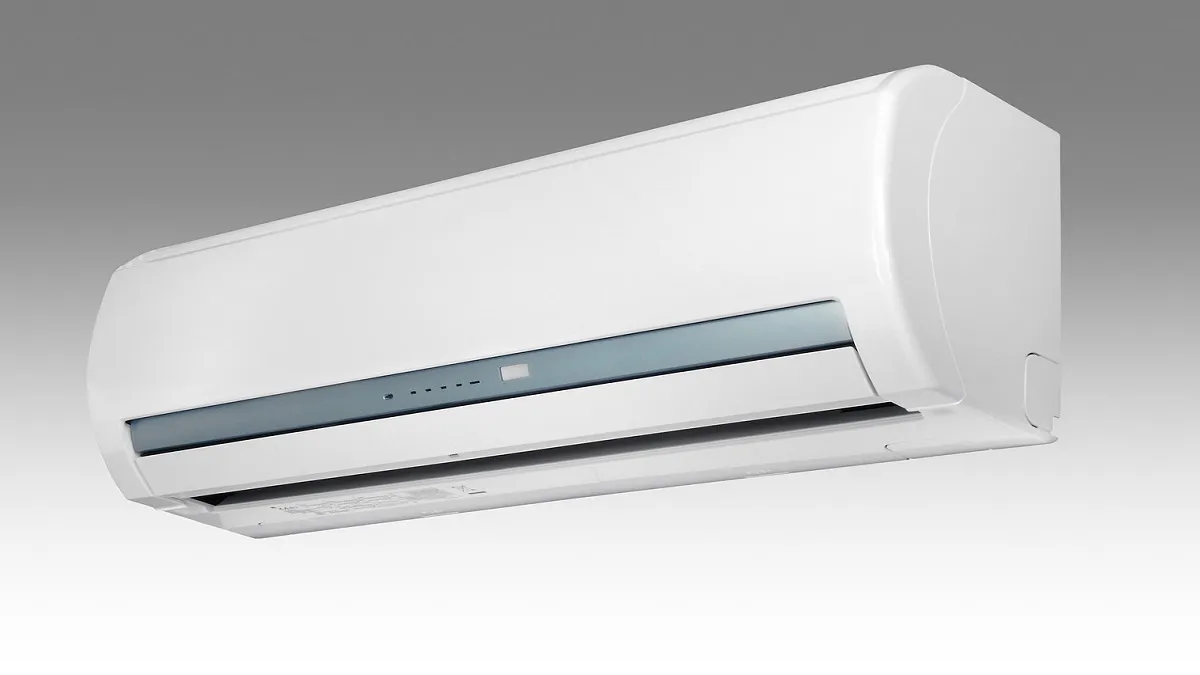The efficiency star rating of an AC lets you enjoy the cooling comfort without a guilty conscience. It is calculated by BEE in India and helps in determining which are the best ACs for home. The maximum rating any model can reach is 5 star, which means that it uses less energy than the lower rated models like 3 star ACs. It also helps in clearing the myth about ACs being the reason for our Ozone layer depletion that has been around for a while. Newer models for ACs come with more environmentally friendly gas like R32 Refrigerant which were not there in the older models.
There are many other things that the BEE rating label states that you can use to determine which AC is better for your home, even if they are both rated the same. Among the most popular models of ACs for homes, there are 3 and 5 star rated ACs so let’s explore some examples from top AC brands so you can compare their ratings and ISEER. Get into how you can read the BEE label for the best split ACs and what different rating means for the power usage and environment.
Which ACs Offer The Most Efficiency?
To compare the power usage of 3 and 5 star ACs, you need to explore the BEE labels of some popular variants. For your convenience, we have handpicked the models from both categories and mentioned their relevant information together with their rating and label information.
Is a 5 Star AC Better Than A 3 Star?
Yes, 5 star ratings are definitely more energy efficient than the 3 star rating. This is supported by the BEE label where “MORE STARS MORE SAVINGS” is written in the centre. With that being said, the initial cost is generally higher for the 5 stars but they tend to save you money on electricity bills in the long run.
How To Read The BEE Label For ACs?
In India, ACs require a BEE label which contains the following information:
ISEER: Specially for ACs, the ISEER Rating is seen as more relevant as it takes into account the energy consumption during a season like summer where they are used more. The higher the ISEER, the less power it consumes to cool a room.
Validity Date: It also states the time period that this certification can be used under the BEE specifications.
Appliance Type: What kind of items it is is also mentioned on the label, whether it is split type or any other one.
Brand And Model Year: The name behind the model is also mentioned for authenticity with the model name and year of manufacture.
Cooling Capacity at 100% and 50%: It also allows you to see the power usage if the AC is used at its full capacity or half.
Energy Consumption Per Year: Dictating how much power it consumes annually is an important factor to consider while calculating how efficient it is.
Compressor Type: In ACs, there are non-inverter and inverter types which enables them to be used at a varied speed and a fixed speed. Information about that is also included.
Heat Pump: If the AC can be used as a heater for a room, then a “ Yes” would be mentioned and if it only cools a space, there would be a NO.
Disclaimer: At HerZindagi, we prioritize providing the up-to-date information on the latest trending commodities and goods. This Article is written and vetted by our in-house category authors in sync with the Google guidelines on product reviews and shoppable content. HerZindagi is in an associate partnership, so we may earn a part of the revenue when you make a purchase. We shall not be liable for any claim under applicable laws, including but not limited to the Consumer Protection Act, 2019, concerning the products. The products listed in this article are in no particular order of priority.
